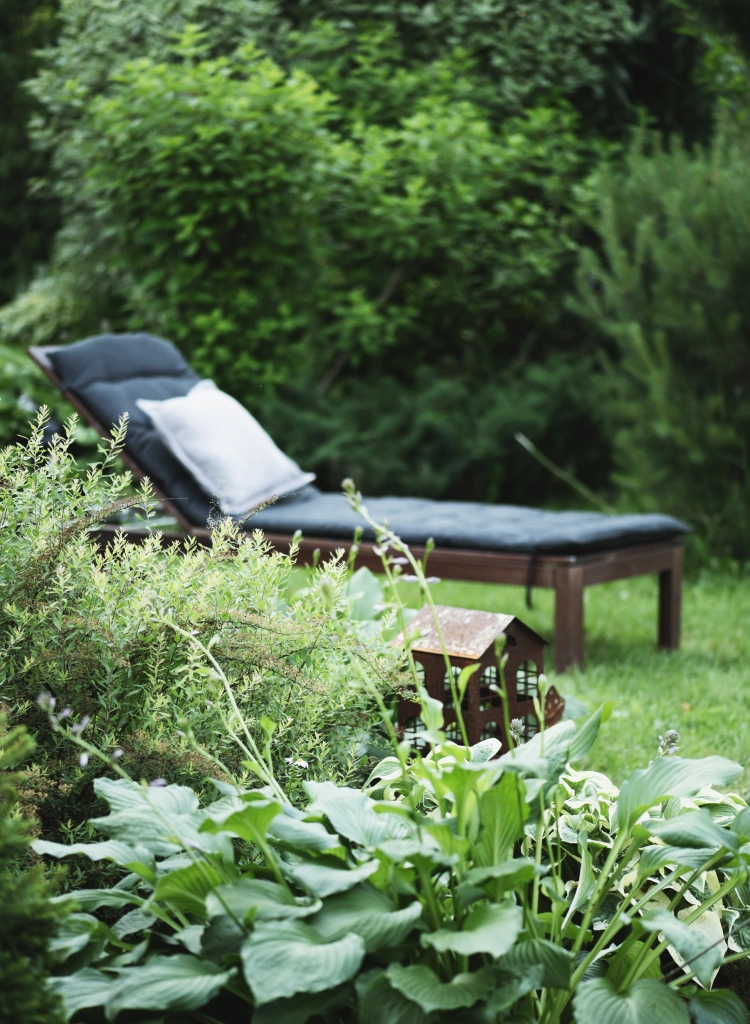
The Art of Zoning in Small Gardens
Designing a small garden brings its own set of challenges, but it’s also an exciting time to get creative. Often, the key to making the most of your space is thoughtful zoning. When you strategically divide your outdoor space into distinct areas, it’s easier to design a cohesive garden that doesn’t look too cluttered. But creating zones in a garden isn’t just about building physical barriers. Rather, it’s about incorporating a natural flow while maximising the entire space. Take a look at our tips for bringing your small garden zoning ideas to life.
The Fundamentals of Garden Zoning
Essentially, zoning is the practice of designating specific areas for certain functions. However, it’s more than just divvying up the space. Garden design zones should also complement each other both visually and practically. To get started, follow these simple tips:
- Assess your space and determine what your garden will be used for.
- List your priorities. These could be having a quiet spot to relax or growing herbs and vegetables.
- Consider your vertical space. If you’re working with limited room, you may be able to extend your garden upward.
- Choose consistent colour schemes, materials, and plant types.
Creating Defined Zones Without Physical Barriers
The easiest way to create garden design zones is to set down physical barriers. Nevertheless, this probably isn’t the most aesthetically appealing option. Physical barriers can make already compact spaces feel even more cramped and disconnected. Instead, try these more subtle techniques to create natural boundaries:
- Group Similar Plants—Taller plants can act as natural screens between areas, while low-growing perennials work well along pathways or planting beds. Ornamental grasses are also effective for clearly delineating spaces.
- Raise Your Seating Area—Raising a seating area on a small deck or platform instantly separates it from surrounding garden beds and creates more visual interest.
- Use Colour to Your Advantage—Using warm-coloured plants in your seating area creates an inviting atmosphere, while cooler greens in your planting zones provide a calming backdrop. Incorporating colour thoughtfully keeps things cohesive while clearly defining different functions.
Maximising Seating Areas in Compact Spaces
As you maximise small garden space, don’t forget to plan for a seating area. You’ll likely need to think beyond traditional patio furniture. Fortunately, options like built-in benches provide much-needed seating while defining zone boundaries. You might position them along garden borders to separate your seating zone from planting areas. Here are a couple of other ideas for designing a cohesive seating area:
- Install Corner Seating—Corner seating arrangements make excellent use of awkward angles that might otherwise go unused. L-shaped benches or modular seating can transform empty corners into cosy conversation areas.
- Consider Multi-Level Seating—Multi-level seating options have the dual benefit of adding vertical interest while accommodating more people. Tiered decking or stepped seating areas can create artificial changes in elevation that make small spaces feel larger.
Be Thoughtful About Planting
When working with a limited space, plant selection is especially crucial. If possible, choose plants that could serve multiple purposes. For example, some plants provide privacy and a natural barrier while also offering vibrant colour. You might even combine evergreen shrubs with seasonal blooms to add variety to your garden. These small garden planning tips can help you pick the right plants:
- Use Vertical Gardening Principles—Vertical gardening techniques can give you more space for planting without using too much floor space. Wall-mounted planters, trellises with climbing plants, and hanging baskets add layers of greenery while keeping the space below clear.
- Create Flow With Repetition—Repeating certain plants throughout your garden creates a sense of rhythm and flow. For instance, you could use the same ornamental grass in seating and storage areas to design a more cohesive garden.
- Account for Size—Be sure to consider how big each plant will grow over time. Fast-growing species might initially seem perfect, but they can overwhelm small spaces and blur carefully planned boundaries.
Clever Storage Solutions That Enhance Design
While planning a garden layout for small spaces, it can be easy to forget about storage. However, plenty of storage space is integral to small garden zoning. The key is choosing elements that enhance rather than detract from your overall design. Custom-built solutions are usually your best option, as they can be tailored to your specific space constraints. Vertical storage and underground storage are also worth considering if you’re running out of floor space.
Helping You Design a Small, Cosy Garden
Creating zones in a small garden is often easier said than done. Fortunately, Glasgow and Edinburgh residents can look to North Hill Gardens for help. We provide expert garden design, maintenance, and landscaping services, and our team can transform an average garden into something extraordinary. Contact us today to get started.
Other Posts

Winter Garden Glow: Lighting Ideas for Cosy Outdoor Spaces

Create Impact with a Statement Garden Feature
